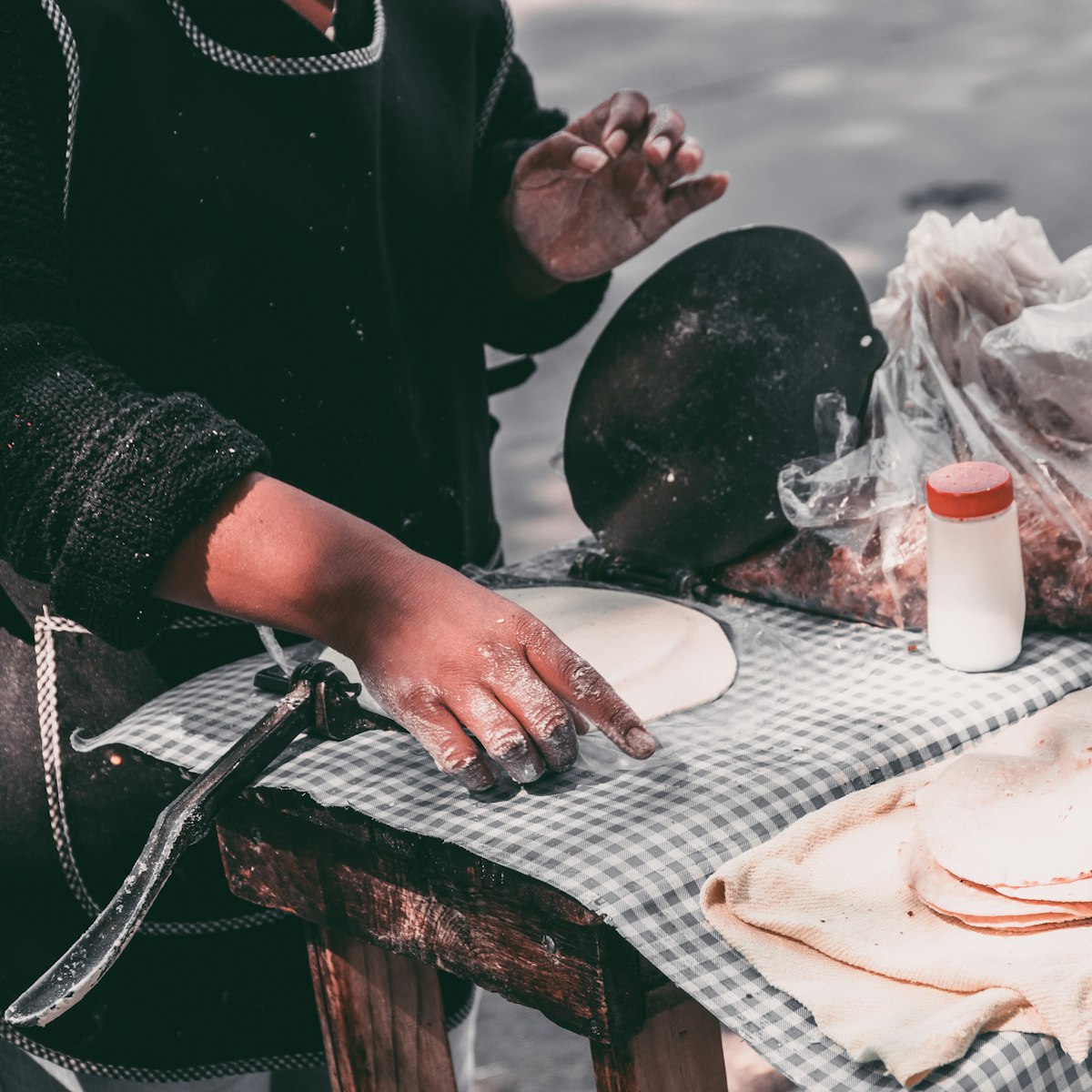Dietary patterns of the past, such as nixtamalization, beneficial to health
Moderate consumption of tortillas made by the nixtamalization process. Reheating them produces a greater amount of starch, which functions as fiber that aids digestion. Its antioxidant properties help prevent chronic degenerative diseases.

Mexico is the main tortilla consumer in the world, which constitutes the food supplement for more than 90 percent of its population; each year, per capita intake, is 75 kilograms. Furthermore, eating tortillas made by nixtamalization provides several beneficial elements for health, such as calcium, iron, and phosphorus. This technique has been used since pre-Hispanic times and continues to this day; it is fundamental in the preparation of foods based on corn dough and increases the bioavailability of amino acids, soluble fiber, and resistant starch, which are beneficial to health.
María del Carmen Valderrama Bravo, the researcher at the Faculty of Higher Education (FES) Cuautitlán, pointed out that tortilla production in Mexico is carried out using two inputs: the dough obtained by cooking the corn grain in water with hydrated lime and then grinding it; in addition to the processed flours that are generated from this cereal. The food engineer explained that in the millenary method an alkaline solution (calcium hydroxide) is used, which causes the grains to soften and their pericarps (husks) to loosen, which causes them to hydrate and absorb calcium and potassium.
These changes increase the bioavailability of amino acids (organic compounds that combine to form proteins) since it releases niacin or vitamin B; it also converts nixtamalized foods into a source of calcium, iron, and phosphorus and increases the presence of resistant starch that aids digestion. Tortillas have a high content of complex carbohydrates, essential nutrients for the proper functioning of the body, whose moderate intake does not cause overweight. A piece is even preferable to a loaf of bread.
"We like to eat them freshly made, but if we reheat them, a greater amount of starch will be produced, which favors our diet."
The antioxidant properties they provide, help prevent chronic degenerative diseases, depending on the creole grains used -black or blue-, since they may contain anthocyanins (water-soluble pigments) and carotenoids (natural colorants soluble in fat), present in yellow seeds; while the white ones contain few substances.
She recommended instilling in children the daily consumption of this food instead of fried foods, some of which provide 110 kilocalories, while a piece -particularly one made with native grain-, only 68 to 70. It also provides natural elements that protect the body from damage caused by oxidizing agents, such as ultraviolet rays and environmental pollution, among others.
Moreover, it helps in the formation of strong bones and teeth in infants and favors a lower propensity to osteopenia (loss of bone density, a condition that can be reversible), and osteoporosis (a disease that thins and weakens bones) upon reaching adulthood. Industrialized processes to produce tortillas contain fewer nutraceutical properties (medical or health benefits) than traditional ones, although calcium could be added in tortilla factories using processed flours obtained from nixtamalization.
María del Carmen Valderrama -in collaboration with her collaborators Martha Elena Domínguez Hernández, from FES Cuautitlán, and Janet Gutiérrez, from the Instituto Tecnológico y de Estudios Superiores de Monterrey- promotes the benefits of the pre-Hispanic method and the reuse of nejayote (wastewater from this highly polluting process), as well as the reduction of water use during this procedure, among the communities in the north of the State of Mexico.
According to research conducted at FES Cuautitlán, for every 50 kilograms of corn used in the nixtamalization process, approximately 75 liters of water are required, of which a considerable percentage ends up in the sewage system. With the Tecnológico de Monterrey "we are working on a circular economy project, through which we seek to promote the production of native corn, the consumption of products made from these grains, and the recycling and reuse of wastewater, which can be done through interdisciplinary," she explained.
Handmade treatment
This preparation of the cereal consists of cooking it in a solution of hydrated lime, the time will depend on the type of grain; once this treatment has been carried out, it is left to rest for 10 to 12 hours, during which time physical and chemical changes occur that provide benefits to human health. During nixtamalization, various compounds beneficial to health are lost. For this reason, the specialists are also carrying out studies to recover the solids from the nejayote to add them to the dough, to give added value to the product.
The world's growing population is pushing to rescue and return to this ancestral tradition, from a nutritional and sustainability point of view. To achieve this, the research group is working on the search for techniques to optimize the traditional methods of making nixtamal and its derivatives. "We are immersed in a pandemic that has caused the death of many people because nutritionally we are bad, we have to return to the food patterns of the past". That is to say, of the milpa and nixtamalization, concluded the university academic.




